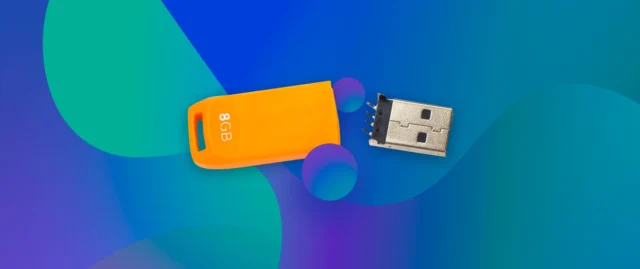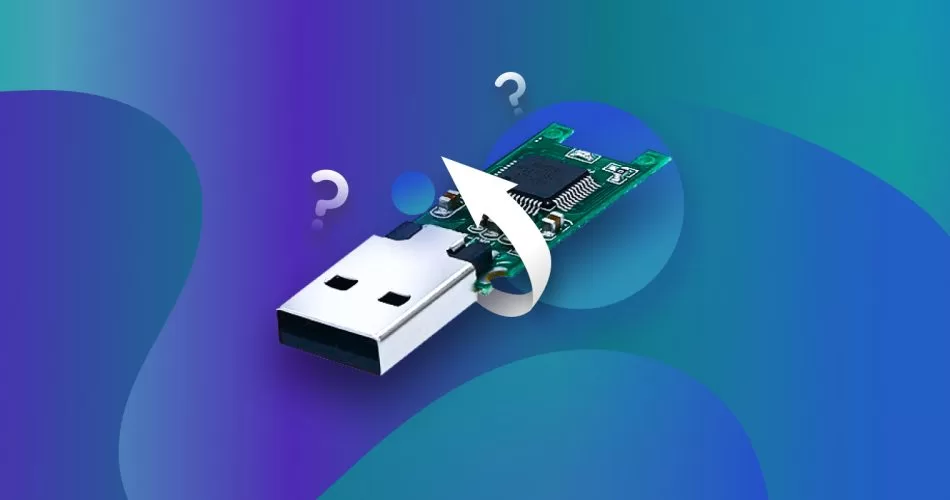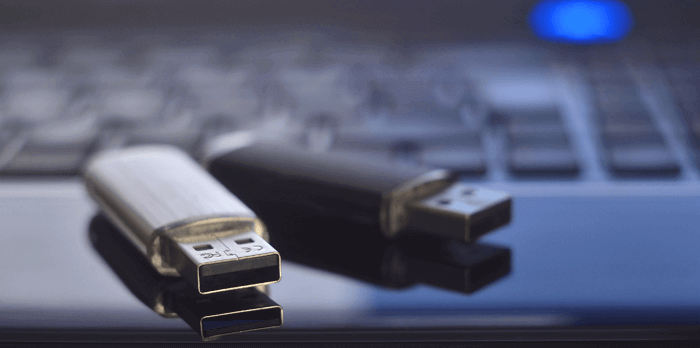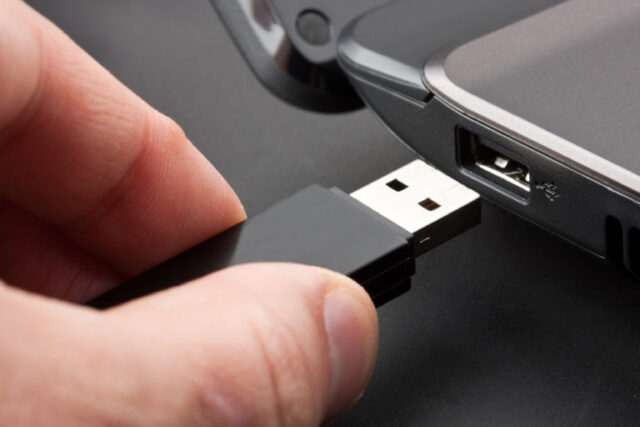
Nowadays, where valuable data resides on our trusty USB drives, the importance of data recovery cannot be emphasized enough. Losing data can be frustrating and devastating, from precious memories captured in photos and videos to vital work documents. This is where data recovery software comes to the rescue, offering a lifeline to retrieve lost or accidentally deleted files from your USB drive.
This guide will delve into USB data recovery, exploring the crucial role of data recovery software. Whether you’re a tech-savvy professional or a casual user, our expert tips and easy-to-follow methods will empower you to navigate the intricate world of data recovery confidently. Let’s get stuck in!
Here’s how to get started with USB data recovery!
Understanding USB Data Recovery

Our USB drives contain a lot of sensitive information. However, the problem begins with accidental deletion, formatting, virus attacks, physical damage, and software malfunctions.
Here are some of the common reasons for USB data loss that you need to be aware of:
- USB Deletion by Mistake – Unintentionally deleting USB data while managing files can lead to irreversible loss.
- When Format the Drive – Formatting the USB drive without backing up its contents wipes out all data, including videos.
- Sudden Virus/Malware Attacks – Malicious software can corrupt or delete USB data, causing significant data loss.
- Hardware Damages to the Drive – A physically damaged USB drive may make the data inaccessible or permanently lost.
- Internal/Software Glitches – Glitches or errors in the operating system or third-party software can result in USB data loss.
USB data recovery is a process that works on the fundamentals of recovering data from the device’s storage media. When USB data is deleted, there’s space available for new data to occupy. Data recovery software can scan the drive for these and reconstruct files, effectively restoring them.
Once you face data loss, it is crucial to immediately stop using the USB drive to prevent overwriting the deleted data. Continuing to save new files or use recovery software on the affected device can hinder successful data recovery. Safeguard your precious files by acting promptly and following our expert USB file retrieval tips.
Recover software : Your Ultimate Tool for USB Data Recovery

Experience the ultimate solution for USB data recovery with recovery software. Recover software can effortlessly recover lost or deleted USB drive files with its full functionality. Tech-savvy experts and casual users like it for its cutting-edge deep scanning and user-friendly UI.
Recovery software lets you search your USB drive for photographs, movies, documents, and more. Powerful scanning algorithms methodically look for deleted data, guaranteeing no critical file is concealed.
The software’s user-friendly interface guides you through the recovery process step-by-step, simplifying the complexities of data retrieval. Whether recovering a single deleted video or an entire folder of important documents, Tool provides the tools you need for a successful and stress-free recovery.
Key Features of recovery software
- Deep scanning technology for thorough retrieval of lost files.
- A User-friendly interface simplifies data recovery for all users.
- Preview recoverable files before restoring them to ensure accuracy.
- Selective file recovery option for retrieving specific data types.
- Compatibility with various storage media, including USB drives and SD cards.
Click here to download the data recovery software.
Here’s how to recover all your important files using a recovery software . If you’ve lost them on your USB, follow the steps:
Step 1: Start the procedure by launching Flash Drive Recovery on your computer and selecting the USB drive containing the files you wish to recover.
Step 2: The USB recovery software will begin searching for your lost or deleted files by scanning the device. You can quickly locate a specific file type using the Filter and Search options. In addition, you have the option to halt the scanning procedure at any moment after locating the desired files.
Step 3: After locating and previewing the lost files on your USB drive, select the files you wish to recover and click the Recover button.
Step 4: Choose a safe location to store all the recovered files, keeping in mind the most common reasons for Mac data loss. It is crucial to avoid storing the recovered files on the same USB drive where the data loss occurred. This proactive approach will help ensure the integrity and accessibility of your valuable data.
Tips to Maximize USB Data Recovery Success

Recovering lost or deleted data from a USB drive can be daunting, but with the right approach, you can significantly increase your chances of success. To safeguard your valuable files and memories, consider the following practical tips to empower you during data recovery.
- Stop Using the USB Drive – When you’re faced with USB data loss, stop using the USB drive immediately to prevent overwriting the deleted files.
- Choose Reliable Data Recovery Software – Opt for reputable and reliable data recovery software, known for its deep scanning capabilities and user-friendly interface.
- Scan Multiple Times – Run multiple scans using different recovery modes to maximize the chances of finding and restoring your lost data.
- Avoid DIY Methods – Refrain from attempting DIY methods if you lack technical expertise, as they may further damage the drive and hinder recovery.
- Backup Regularly – Develop a habit of regularly backing up your USB drive to an external source or cloud storage, ensuring you always have a copy of your important files.
- Use Write Protection – Enable write protection on your USB drive to prevent accidental deletion or formatting of critical files.
Closing Words
Many people can benefit from USB data recovery. Due to the sensitive nature of the information held on these little devices, their loss would be a major setback. Data recovery must be a top priority, and trustworthy solutions must be on hand to protect against such misfortunes.
Data loss, formatting mistakes, and file corruption are all problems that may be remedied using data recovery software.












